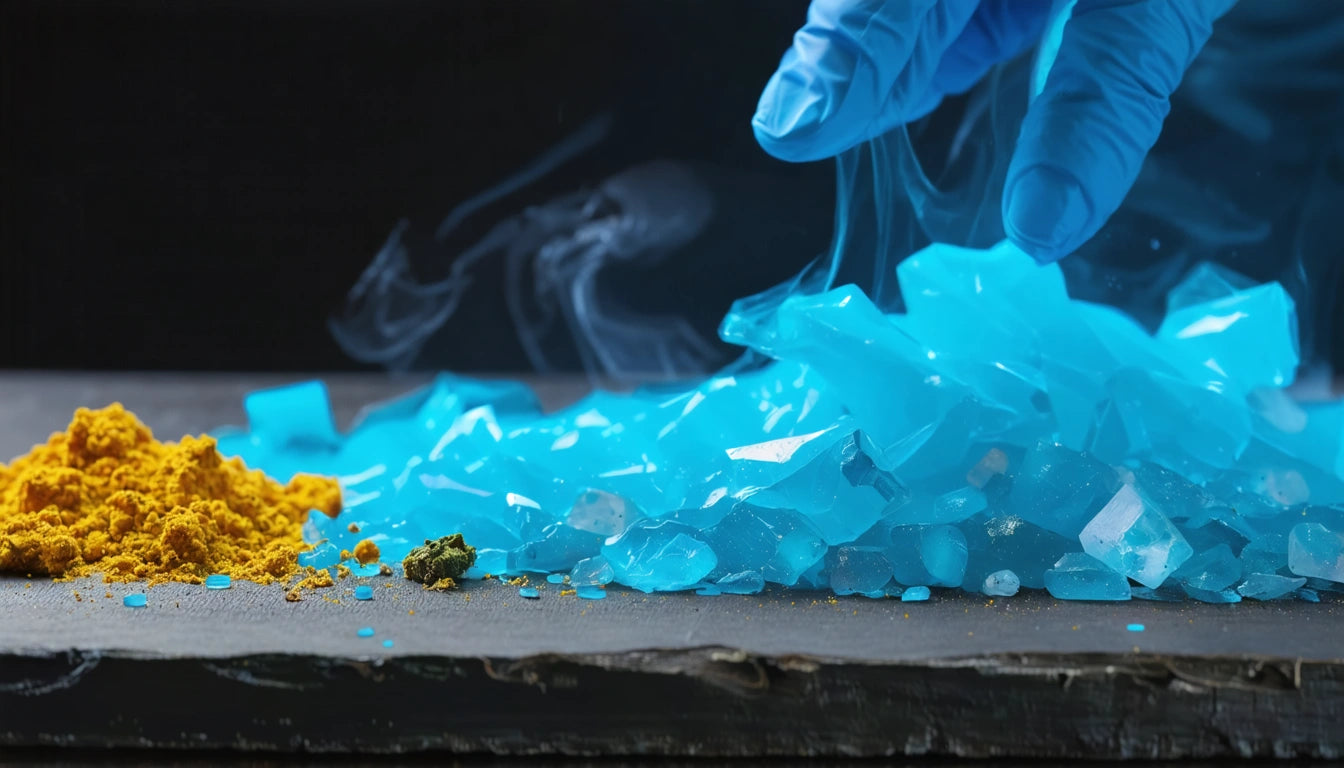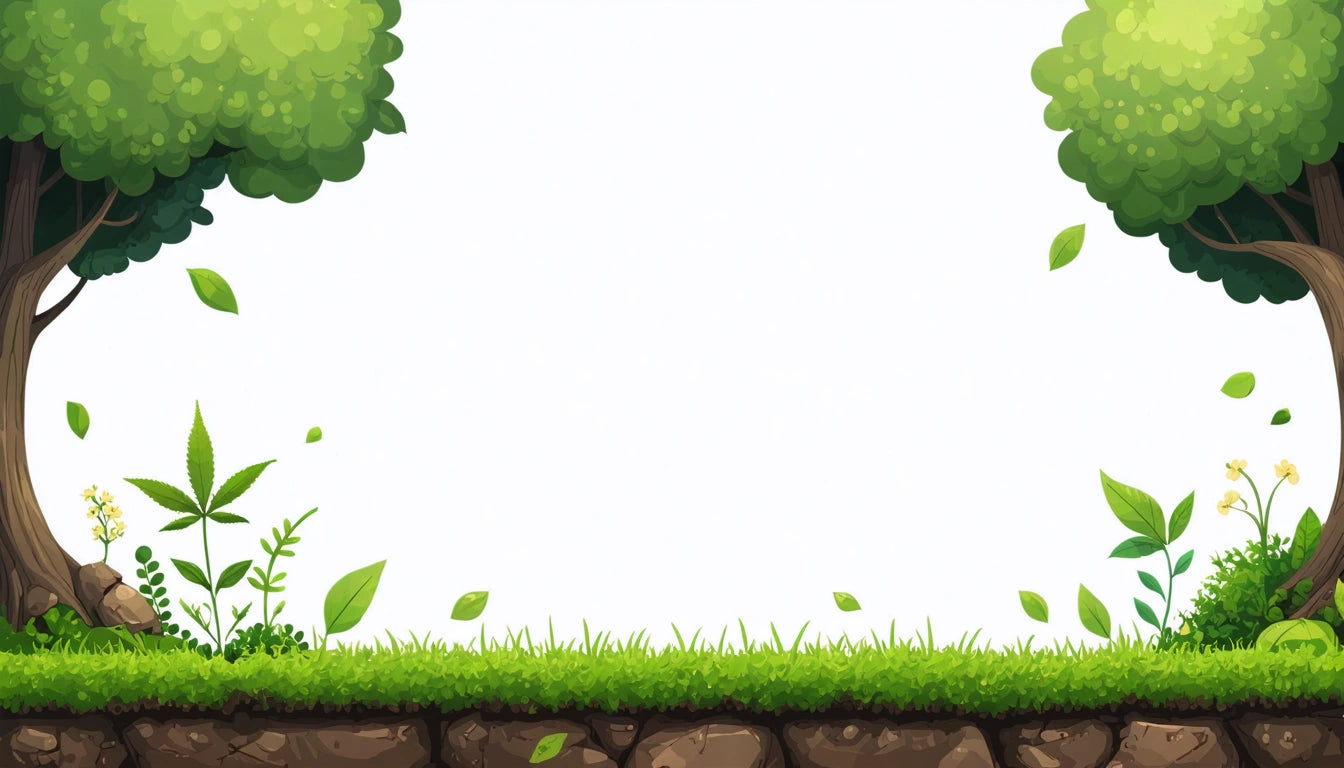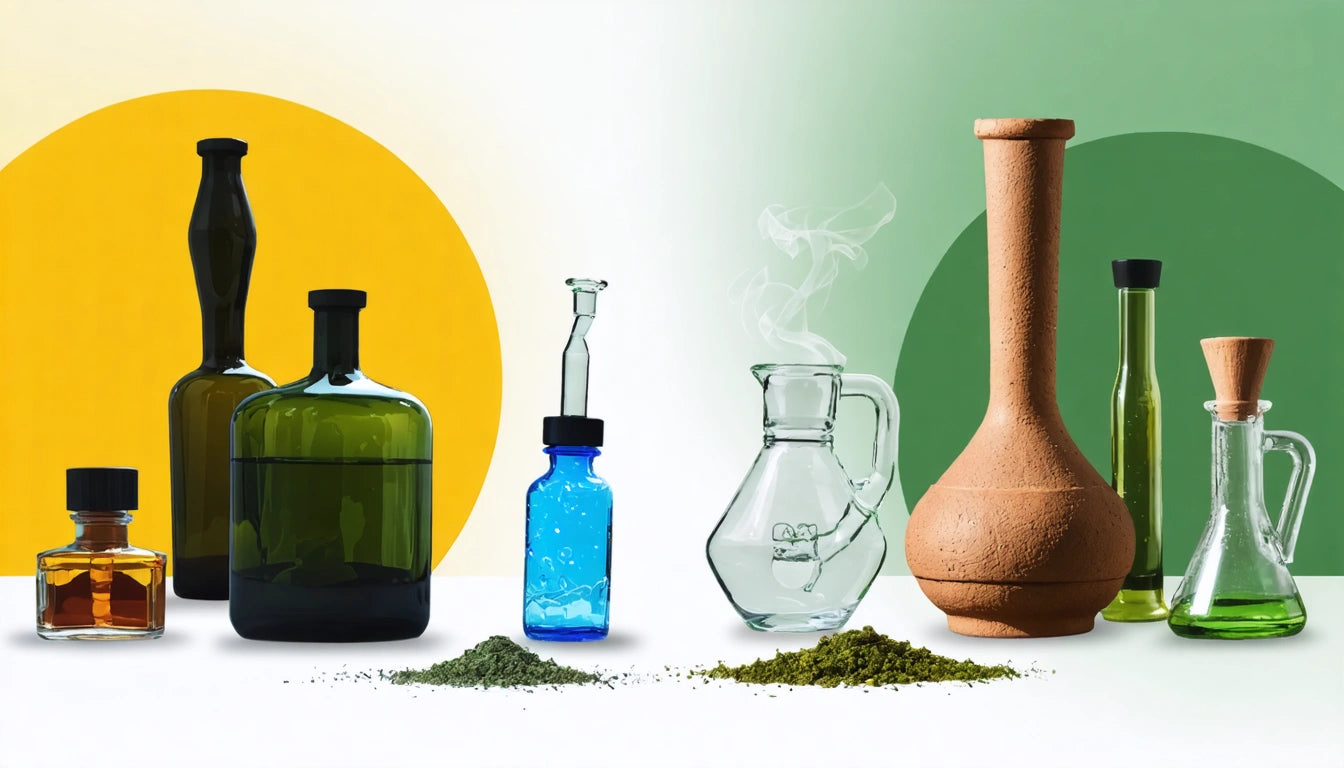Table of Contents
- What Are Dabs? Understanding Cannabis Concentrates
- Safety Concerns: Are Dabs Safe to Consume?
- DIY Dabs: Methods and Precautions
- Dabs vs Bud: Potency, Effects, and Value Comparison
- Storage and Shelf Life: Can Dabs Go Bad?
- Quality Considerations: CRC Dabs and Best Brands
- The Future of Dabbing: Trends and Innovations
The Ultimate Guide to Dabs: Safety, DIY Tips, and Comparisons
Cannabis concentrates, commonly known as dabs, have revolutionized consumption methods for many enthusiasts. These potent extracts offer intense effects and flavor profiles that differ significantly from traditional flower. This comprehensive guide explores everything from safety concerns to DIY methods, helping both newcomers and experienced users navigate the world of dabbing.
What Are Dabs? Understanding Cannabis Concentrates
Dabs are concentrated forms of cannabis created by extracting cannabinoids and terpenes from the plant material. These extracts come in various forms including shatter, wax, budder, live resin, and rosin, each with distinct consistencies and production methods. According to this comprehensive guide on dabs, concentrates can contain THC levels ranging from 60% to over 90%, making them significantly more potent than traditional cannabis flower.
The appearance of dabs varies widely depending on the extraction method and type. They can range from amber-colored glass-like substances (shatter) to opaque, butter-like consistencies (budder). Understanding what dabs look like can help consumers identify quality products and appropriate quantities.
Safety Concerns: Are Dabs Safe to Consume?
The question "are dabs safe" is common among new users. While dabs themselves aren't inherently dangerous when produced properly, there are several safety considerations:
- Potency: The high THC concentration means effects are much stronger than traditional cannabis, potentially overwhelming inexperienced users
- Production methods: Improperly made extracts may contain residual solvents or contaminants
- Consumption method: Dabbing requires high temperatures and specialized equipment, presenting potential burn risks
- Child safety: Concentrates require proper child-resistant packaging to prevent accidental ingestion, similar to requirements for medications and hazardous substances
Regarding concerns about whether dabs can cause seizures, research is still limited. However, extremely high doses of THC may trigger anxiety or panic attacks in sensitive individuals, which might be mistaken for seizure-like symptoms. Always start with small amounts and gradually increase as tolerance develops.
DIY Dabs: Methods and Precautions
Some enthusiasts explore DIY dab methods to create homemade concentrates. While this can be cost-effective, it comes with significant risks that should not be underestimated:
Solventless Methods (Safer Options)
Rosin press technique: Applying heat and pressure to cannabis flower using specialized equipment or even a hair straightener to extract resin
Dry sift/kief collection: Using fine screens to separate trichomes from plant material
Ice water extraction: Creating bubble hash through water and ice agitation
Safety Warnings for DIY Dabs
Never attempt solvent-based extractions (using butane, propane, etc.) at home. These methods have caused numerous explosions, fires, and serious injuries. Professional extraction facilities use closed-loop systems, proper ventilation, and safety equipment that isn't available to home users.
For more information on how commercial dabs are safely produced, refer to this article on dab production methods.
Dabs vs Bud: Potency, Effects, and Value Comparison
When comparing dabs vs bud, several factors come into play:
Potency
Dabs typically contain 60-90% THC compared to flower's 15-25%, making them 3-4 times stronger. This means effects are more immediate and intense, but may last for a shorter duration.
Consumption Method
Flower is more accessible, requiring only basic equipment like papers or a pipe. Dabs require specialized gear including a dab rig, torch or e-nail, and dabbing tools.
Cost Efficiency
While concentrates have a higher upfront cost, they can be more economical for frequent users due to the smaller amounts needed to achieve effects. However, tolerance builds quickly with regular concentrate use.
Flavor Profile
High-quality dabs often preserve more terpenes than combusted flower, resulting in purer flavor profiles. However, poorly made concentrates may lack the full spectrum of compounds found in whole flower.
Storage and Shelf Life: Can Dabs Go Bad?
A common question is "do dabs go bad" or "can dabs go bad" over time. While concentrates don't "spoil" like food, they do degrade in quality:
- Proper storage: Store in airtight, silicone or glass containers away from heat, light, and air
- Shelf life: Most concentrates maintain optimal quality for 6-12 months when stored properly
- Signs of degradation: Change in color (darkening), texture (becoming more brittle or sugary), or loss of aroma and potency
- Temperature: Refrigeration can extend shelf life, but allow concentrates to reach room temperature before opening to prevent condensation
With proper storage techniques, you can significantly extend the lifespan and maintain the quality of your concentrates.
Quality Considerations: CRC Dabs and Best Brands
When seeking the best dab brands, understanding quality indicators is essential:
What is CRC in Dabs?
Color Remediation Column (CRC) is a filtration technique used to remove impurities and undesirable compounds from concentrates. While it can improve the appearance of lower-quality starting material, some argue it may strip beneficial compounds. When choosing products, look for transparency about extraction methods.
Finding Quality Concentrates
The best dab brands typically provide:
- Lab testing results for potency and purity
- Transparent information about extraction methods
- Proper storage recommendations
- Strain-specific options with terpene percentages
For guidance on where to purchase quality concentrates, this resource on buying dabs provides valuable information on legal dispensaries and evaluation criteria.
The Future of Dabbing: Trends and Innovations
The concentrate market continues to evolve with several emerging trends:
- Solventless extracts gaining popularity due to perceived purity and natural processing
- Live rosin becoming a premium category for flavor enthusiasts
- Advanced electronic dabbing devices replacing traditional torch methods
- Increased focus on strain-specific terpene profiles rather than just THC potency
- Greater emphasis on sustainable and clean extraction methods
As regulations mature and research expands, we can expect more standardized safety protocols, improved production methods, and innovative consumption devices that enhance the dabbing experience while minimizing health concerns.
Whether you're curious about trying concentrates for the first time or looking to deepen your understanding of dabs, approaching these potent products with knowledge and respect for their strength will help ensure a positive experience.











Leave a comment
All comments are moderated before being published.
This site is protected by hCaptcha and the hCaptcha Privacy Policy and Terms of Service apply.